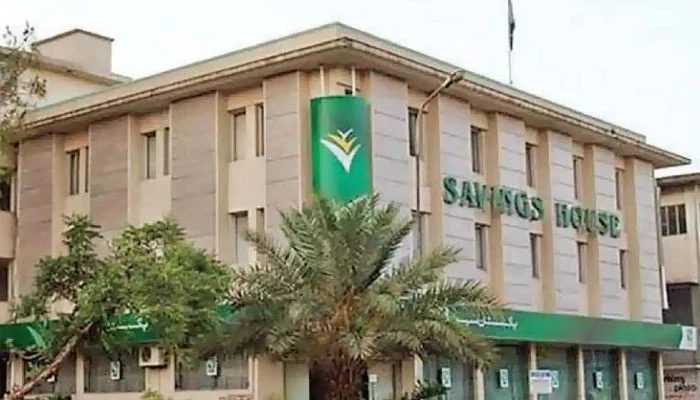In a move aimed at aligning returns with current economic trends, the government has reduced profit rates on National Savings Schemes, effective June 27, 2025. The adjustment follows the State Bank of Pakistan’s (SBP) decision to hold its policy rate steady at 11% amid global uncertainty.
Profit Rates See Broad Declines
The sharpest reductions affected Islamic instruments. The Sarwa Islamic Term Account and Sarwa Islamic Saving Account both saw a 59 basis points (bps) cut, bringing returns down to 9.75% from 10.34%.
Read: Islamabad Sees 59% Drop in Crime Rate, Says Talal Chaudhary
Other changes include:
-
Regular Income Certificates: down by 36bps to 11.16%
-
Special Savings Certificates: reduced by 30bps to 10.60%
-
Defence Savings Certificates: saw a smaller dip of 15bps, now at 11.76%
The Pensioners Benefit Account, Behbood Saving Certificate, and Shuhada Family Welfare Account each dropped by 24bps, now offering a 13.2% return.
Savings Account Rate Holds Steady
Despite the widespread changes, the return on standard Savings Accounts remains unchanged at 9.5%, offering stability for low-risk savers.
Policy Rate Unchanged Due to Geopolitical Risks
The SBP’s Monetary Policy Committee opted to keep the policy rate at 11% last month, as expected by the market. This decision came amid concerns over the Israel-Iran conflict and its potential impact on global commodity prices. A Bloomberg survey showed that 56% of analysts expected the central bank to pause rate cuts.
Earlier, SBP had reduced rates by 1,000bps from a peak of 22% in June 2024 to 11% by May 2025. Analysts now expect further gradual cuts, projecting rates could drop to 10% by year-end.
National Savings’ Expanding Role
The Central Directorate of National Savings (CDNS) manages over Rs3.4 trillion in assets. With more than four million account holders across 376 branches, CDNS supports the government in financing budget deficits and development projects nationwide. The recent rate adjustments reflect ongoing efforts to balance returns with economic conditions and monetary policy stability.
Follow us on Instagram, YouTube, Facebook,, X and TikTok for latest updates
